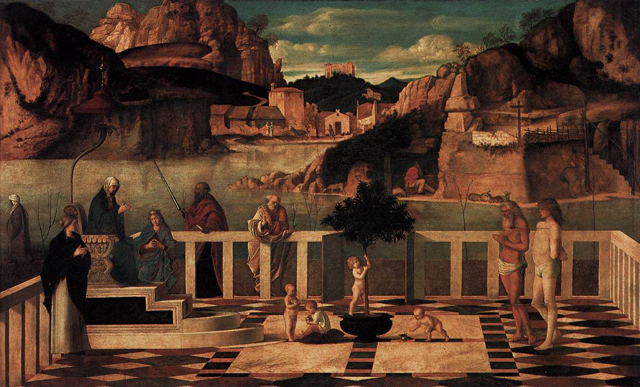Allegory
I love the term allegory: it’s a very woody word. I also love to use words correctly, so if I write about/define them, there’s more chance of that.
al·le·go·ry /æl əˌgɔr i, -ˌgoʊr i/
From dictionary.com: (noun) 1. a representation of an abstract or spiritual meaning through concrete or material forms; figurative treatment of one subject under the guise of another. 2. a symbolical narrative: the allegory of Piers Plowman.
Allegory is a device in which characters or events represent or symbolize ideas and concepts. Allegory has been used widely throughout the history of art, and in all forms of artwork. A reason for this is that allegory has an immense power of illustrating complex ideas and concepts in a digestible, concrete way. In allegory a message is communicated by means of symbolic figures, actions or symbolic representation. Allegory is generally treated as a figure of rhetoric; a rhetorical allegory is a demonstrative form of representation conveying meaning other than the words that are spoken.
